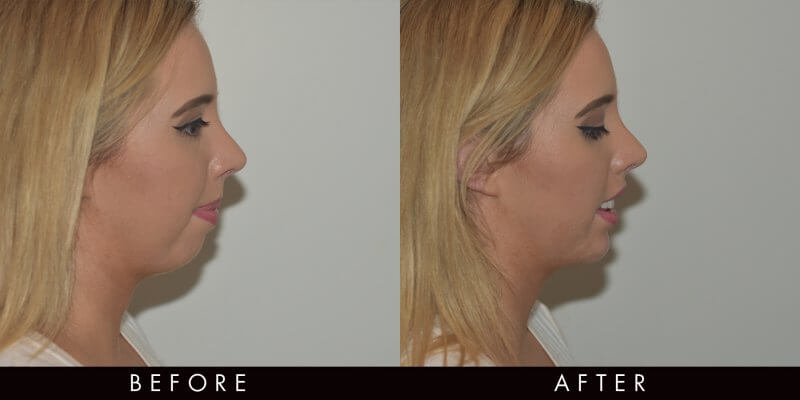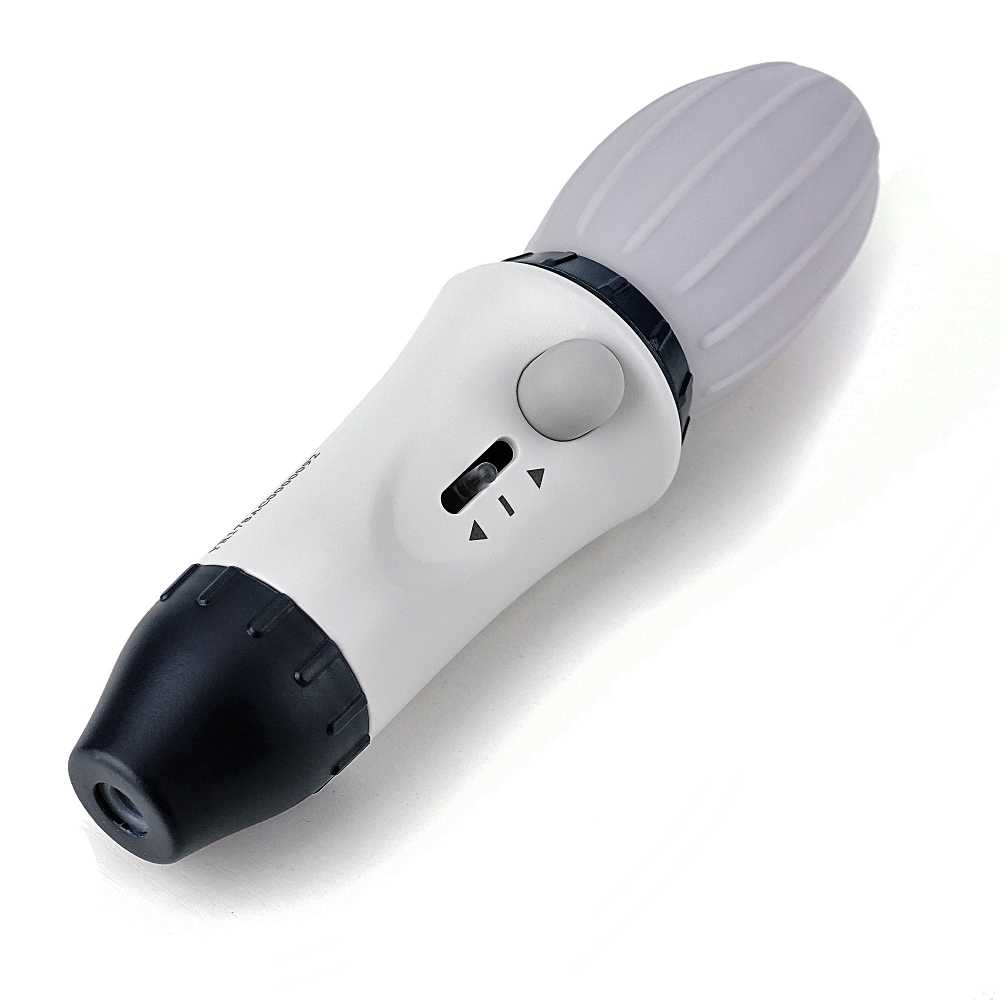Injectable wrinkle fillers can give you a more youthful look for a fraction of what a traditional facelift costs. Most will fill hollows, lines, and wrinkles in less than 30 minutes with results. Jul 11, 2019 Facial fillers are synthetic or naturally occurring substances injected into the lines, folds, and tissues of the face to decrease the appearance of wrinkles and restore the facial fullness that.
A member of a social group who has little/no popularity and is merely involved to make numbers, rather than to add to the group. Fillers have no intellectual or comedy value and any attempted input is usually ignored or completely disregarded. A Filler is the sort of person who you wouldn't be seen with dead. Facial fillers are synthetic or naturally occurring substances injected into the lines, folds, and tissues of the face to decrease the appearance of wrinkles and restore the facial fullness that.
This article is from Issue 28 of Woodcraft Magazine.
Time-saving steps for super-smooth surfaces
It’s tough to tell if woodworkers’ preference for the open-pored “natural” look is based on aesthetics or the desire to race to the finish line. Pore filler is messy and adds extra steps to your finishing schedule, but filling and sealing the surface provide a look that’s almost impossible to achieve with finish alone. Compared side by side with the “natural” look, it’s easy to see why showroom-quality tabletops, high-style furniture, even well-crafted boxes receive the extra care of filling.
Once you’ve mastered the technique, you may see that the filling process can shave a day or two from your regular finishing routine. Because pore-filling levels and seals a grainy surface, enabling the finish to lay evenly, you can skip building up multiple layers to achieve the same effect. That way you save the time it takes for each layer to dry.
Following is a basic approach for pore filling. We used water-based filler, because it’s ready to sand in hours and easily cleans up with water. (Should you need more working time, opt for a slower-drying oil-based variety. The downside is that you may need to wait two to seven days before sanding and applying a topcoat.)
Wet-Sanding Is Simple, But Slow
Brushing on a coat of boiled linseed oil or oil-varnish blend and then sanding with 400-grit wet/dry sandpaper to create a pore-packing slurry works, but not as effectively or as quickly as a true pore filler. The problem with this shop-made solution is that pores tend to reappear as the solvent evaporates; even worse, it takes one to three days to cure enough to recoat. Wet-sanding works well for small projects or smaller-pored woods, but unless you like the sand-and-wait game, go with a full-blooded filler for larger-pored woods.

Pull the scraper diagonally across the grain to pack filler into the pores and scrape away the excess. Take care of unfilled patches as you go.
Prepare the surface

Pore fillers point out imperfections, so it’s important to prepare the surface carefully. Scrape or sand out any tear-out or scratches, then finish-sand up to 180 or 220 grit. If you use a random-orbit sander, follow up with a final hand-sanding—with the grain—to remove any pigment-catching sanding squiggles. Use a vacuum or compressed air to remove sawdust from the pores.
If you want to add color, now’s the time. Water-based fillers are stainable, but the pore-filling process limits the wood’s ability to absorb color. Oil-based fillers are not stainable.
Seal the surface next. Shellac is perfect because it dries quickly and is universally compatible, but you can also use a thinned polyurethane or a mist-coat of lacquer. That thin coat may not seem like much, but it helps in several ways. First, it serves as cheap insurance. Sealer reduces the risk of compatibility problems and color bleeding (or lifting) that might occur between the wood, stain, and/or filler. And while some sand-throughs are unavoidable, the thin defensive line of sealer helps keep them to a minimum. Last but not least, sealer smooths the top surface of the wood. This helps make the removal process a little easier.
Fillerina
Ready, set, pack

The pore-filling process goes very quickly, especially if using a water-based product, so refer to the photo on the facing page to gather the needed tools and materials before you crack open a can.
Whether you’ve created a custom tint in an extra container or are working straight from the can, pour a dollop onto the surface, then use a disposable stiff-bristled brush to pack the filler into the grain.
Water-based filler is ready for removal only minutes after application. (Unless you enjoy sanding, don’t wait for it to haze over. By then it’s too late.) Using a putty spatula or putty knife, scrape across the grain to remove the excess filler without pulling material from the pores (Photo A). Use the second knife to scrape the sludge into a trash can. Should you pull filler from the pores, use the spatula to press more in. The process isn’t too different from applying drywall compound over screw holes.
In a few minutes, the remaining filler on the surface will start to haze over and harden. Before it does, you have a little time to scrub some of the excess off the surface (Photo B). Focus your attention on the drips, stripes, and clumps. The rest will sand off.
Wipe across the grain to remove the excess filler. Use a little water or mineral spirits to soften lumps and ridges.
Sand and seal
Dry times can vary: water-based fillers are usually sand-ready in three hours; oil-based, in three days. The only way to know for sure is to begin sanding. Starting with 220-grit paper (you can step down to 150 or 180 if you have a lot to remove), make a few test passes, and then check your paper. Dry latex filler should powder when sanded. Because they contain linseed oil, oil-based fillers may gum up sandpaper even when dry. If the paper starts to gum up, you may want to use a stearated paper.
Sand-throughs will happen, but you can keep them to a minimum by using a sanding block (Photo C) to do most of the major sanding and your fingertips for the tough spots. To check your progress, wipe down the wood with a rag dampened in water or mineral spirits. Apply stain and additional filler (large-pored woods may require a second application of filler) as needed, wait, and then finish-sand your touch-ups.
Finally, apply a sealer. This step is essential if applying lacquer or a water-based topcoat on top of an oil-based filler (water-based fillers are compatible with all finishes). In addition to preventing incompatibility problems, the sealer also fills small sinkholes and locks in your work.
Filler Episodes
Sand off the dried filler and level the surface with 220-grit sandpaper. Smooth the surface with 320 grit before sealing.
Color Control
Filler can be used to conceal or call attention to the grain. As shown below, straight-from-the-can brown can work inconspicuously with walnut or add a bold contrast to red oak, much like a pigment stain. (The cream-colored neutral works similarly, but from the opposite direction.) To achieve a closer color-match, tint fillers with universal tinting colors or artist’s pigments (use oils with oil-based fillers, acrylics with waterbornes) or simply blend the neutral and brown for a custom hue. If you cannot mix an exact color match, go a shade darker than the wood you’re trying to fill.
 Also found in: Dictionary, Thesaurus, Financial, Encyclopedia, Wikipedia.
Also found in: Dictionary, Thesaurus, Financial, Encyclopedia, Wikipedia.filler
NutritionAny of a number of agents that add bulk to the gastric content, which increases the sensation of fullness in dieters ingesting large quantities of food. Fillers include various water-insoluble fibres—e.g., methylcellulose, or glucamannan (which is derived from the Japanese Konjac root).
filler
(fil'er)Filler Under Eyes
fill·er
(filĕr)
Want to thank TFD for its existence? Tell a friend about us, add a link to this page, or visit the webmaster's page for free fun content.
Link to this page: